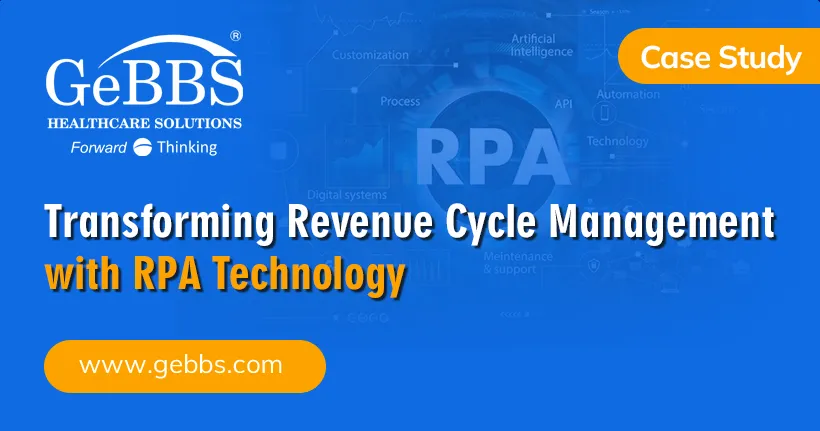4 Steps to Transform Radiology Center Scheduling Operations with Data Driven Decision Making (DDDM) How CCD Health (A GeBBS Healthcare Company) cut call abandonment rate from 27% to 2%
Our customer was a national provider of diagnostic imaging and interventional radiology services with a network of 9 outpatient imaging centers in Florida.
Step 1 / Understanding and quantifying the challenge
March 2023: an unforeseen 10-15% surge in call volume due to severe understaffing. As a consequence, patients unable to connect initially made multiple attempts throughout the day, leading to a cascading effect and a spike in abandoned call rates, peaking at 27%.
- Prolonged hold times impact center’s reputation and patient experience.
- Patient complaints divert referrals to other centers.
- Missed revenue due to abandoned calls: approximately 11% of lost exams.

▸ In this step, we select the appropriate data analysis tools to effectively manage and optimize our contact center workforce.
Step 2 / Using data analysis tools to create an optimization plan
- Staffing Analysis: Utilizing historical data, we perform a comprehensive analysis to assess the current Full Time Equivalent (FTE) staffing levels at specific time intervals while taking into account Service Level Agreements (SLAs) and Average Speed of Answer (ASA).
- Staffing Plan: This 4-6 week plan encompasses the required headcount, anticipated attrition, class scheduling, and the expected weekly onboarding of new workforce.

▸ Contact center QA plays a crucial role in improving Average Handling Time (AHT) and increasing agent’s productivity, often overlooked but highly effective aspect to achieve efficient scheduling.
Structured call flows and scripts ensure that agents follow a consistent and standardized approach when handling customer inquiries. This consistency minimizes variations in call handling, reducing AHT.
Step 3 / Leveraging QA to enhance patient experience: call flow and scripts
- Efficient patient information retrieval
- Agent training and onboarding
- Drives workforce scheduling productivity

▸ By monitoring optimization outcomes with data analytics and visualization dashboards, you can drive substantial improvements in both operational efficiency and financial performance.
Step 4 / Monitoring the optimization plan outcome with data analytics and visualization dashboards
+$842,200 USD – Gross revenue recovered
– $255,000 USD – CC Ops Incremental cost
This radiology center recovered +$587,200 USD in net revenue in only 5 mo.
Encouraging the adoption of a data-driven culture throughout the organization

No-show Predictive Model
- Data collection: Ensure we gather at least 6 months of predictive variables, including day/time, patient demographics, type of insurance, imaging modality, and other relevant external factors.
- Model training: Once data is prepared, our proprietary ML model, shaped by a decade of specialized radiology scheduling expertise, processes it to generate pattern-based predictions.
- Data cleaning: Clean and preprocess the data to remove any inconsistencies or outliers. This step is crucial to ensure the accuracy of the predictions.
- Enable optimization tactics:
- The data outcomes allows to target specific patient segments.
- Design outbound programs to bring in more patients.
- Higher patient CVR%






